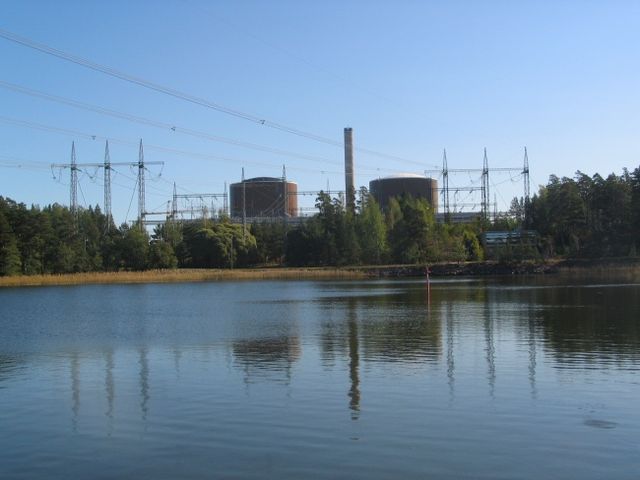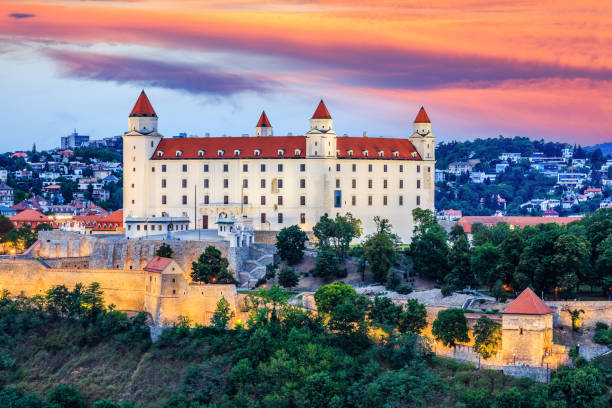The sessions recording of the ACN roundtable on cross-border EP&R – January 2022 – is now available on NTW’s YouTube channel:
The presentations given at the ACN roundtable are available at this link:
https://drive.google.com/drive/folders/1e6t_FoBo695UFg15bqPs2xamk73J-uqf?usp=sharing
Here after, the detailed agenda of the 3 sessions (the recording of this event is in progress):
First Session (January 12th 2022, morning session) –
current progress of the implementation EU EP&R provisions together with a regional perspective
9:00 Introductory session
● Nadja Zeleznik, chair of Nuclear Transparency Watch
● Michael Huebel, DG ENER
9:15 Current arrangements at national and EU levels, transboundary aspects Chair: Representative of DG ENER
● Review of the Implementation of the Basic Safety Standards Directive in EU: results of recent studies launched by DG ENER on the effective implementation of EP&R requirements in the EU Member States and the neighbouring countries
o Yvan Pouleur, DGENER
● Outcomes of the IAEA/EC workshop(2018) on Emergency Preparedness and Response: Requirements and practical implementation
o Bharat Patel, DGENER
● Presentation of the ANCCLI WHITE BOOK on Emergency and Post emergency Management elaborated by ANCCLI, including specific aspects associated with transboundary EP&R
o Anne Laure Maclot CLI of Cattenom and Yves Lheureux, ANCCLI
● Modeling a major nuclear accident in a hypothetical EPR and understanding the dependence of the magnitude of transboundary radioactive pollution on meteorological situations
o Frank Paul Piguet, project director of Institut Biosphère 10:15 Plenary Discussion
11:00 Break
11:15 Regional Roundtables with national stakeholders
Effective involvement of the CS in the EP&R system will be discussed through regional roundtables. A focus will be made on complexity of transboundary aspects based on factual experience feedback, in two different EU regional contexts.
11:15 First regional Roundtable (France, Belgium, Germany, Luxembourg) on non-radiological challenges in EP&R
Chair: Yves Lheureux, ANCCLI
● Economical and industrial issues, Aurélie Fournier, CLI of Gravelines, France
● Tourism issues and negative impact on the territory image, Bram Degrieck, Mayor of the City of La Panne, Belgium
● Worker flow and impact on health structures, Roger Spautz, Greenpeace Luxembourg
● Agricultural issues, German Representative, Germany
12:15 Second Regional Roundtable (Bulgaria, Greece, Ukraine, Romania) on identification of cross-border resources in nuclear accidental and post-accidental context
Chair: Nadja Zeleznik, NTW
● Natalia Bizhko, Deputy head of division on Emergency Preparedness and Radiation protection, SNRIU, Ukraine
● Christos Housiadas, Greek Atomic Energy Commission (EEAE), Greece
● Albena Simeonova, Foundation for Environment and Agriculture (FEA), Bulgaria
● Adi-Maria Simoiu, University of Craiova, Romania
13:15 End of First half day
Second Session (January 19th 2022, morning session)-
Post-accident governance Challenges
Chair: IRSN and NTW
Post-accident management and post-accident recovery remains an important and complex challenge involving a plurality of actors as well as competing priorities such as health protection, social activities, continuity of economic life, restart of business and trade, priorities regarding waste management, thus integrating radiological protection standards with other priorities (well illustrated by the current COVID situation).
The trend of centralisation that characterizes emergency management is not adapted anymore to the post- accident context where various components of society have to enter the decision-making. The session is intended to provide the participants with a better view of the challenges at stake.
● Topic 1 – Safety conditions at work in contaminated areas, equity and consistency of protection standards between workers and population (in cross-border context)
● Topic 2 – Management of the production and marketing of goods produced in a contaminated area (in cross-border context)
Facilitating the session will be done with the support of IRSN through a specific method based on a serious Game that have been developed in the EU R&D project TERRITORIES. The objective is to identify remaining challenges attached to Post-accident Governance notably in regard to Transparency and in the perspective of improving preparatory provisions and also for the framing of future R&D in the field of post-accident governance.
Third Session (January 26th 2022, morning session) –
Lessons from the COVID regarding nuclear post-accident challenges
Chair: Representative of DG ENER
9:00 Cross analysis nuclear post-accident/ COVID
● Local feedback from COVID
o David Reinberger, City of Vienna
● Meaningful lessons from the COVID experiences in the perspective of nuclear post-accident challenges
o Gilles Heriard-Dubreuil, Mutadis
9:45 Plenary Discussion
10:30 Break
10:45 Final Roundtable- Drawing from the lessons learned from COVID the emerging challenges for EP&R
Chair: Gilles Heriard-Dubreuil, NTW
What is different from past experience ? A new understanding of risks ? To what exchange does it change the vision for EP&R ?
● Representative from EC DG (ECHO)
● Jan Haverkamp, NTW
● Jerome Guillevic, IRSN
● Robin Gosnard, transboundary group of ANCCLI
● Representative from EC DG (EAC)
● David Reinberger, City of Vienna
11:45 Plenary Discussion – What are the next steps regarding EP&R for attending stakeholders based on the results of the discussions during these three roundtable sessions?
12:30 Conclusions
● Nadja Zeleznik, chair of Nuclear Transparency Watch
● Representative of DG ENER
12:45 End of the Roundtable



You must be logged in to post a comment.